Teredo Tunneling were widely used in the transition from IPv4 to IPv6, and are temporary systems used to “package” data packets and facilitate communication between IPv4 and IPv6 devices.
Imagine that you have used a previous controller device and are looking for the yellow memory next to the Teredo Tunneling Pseudo-Interface connector. And when you click on the machine, it shows an error: “The device cannot start (code 10)”. Don’t worry if this happens to you. This article is dedicated to solving this problem.
You may receive the following error message: Microsoft Trudo Cave Scam False Interface This tool cannot be used (warning in Constitution 10) many some systems, terrorism can set off in the different transmittal on your device manager, or you may create a mistake when testing to update the driver – install the driver, that the following steps can solve this problem properly.

The most common cause of this error is that the system doesn’t know the driver very well. Code 10 is actually a sign of annoying control. If you click the “Code 10” section and here you will see the full message “This device has not started”. Try updating device manager for this device (Code 10), so this is a easy problem.
Teredo Tunneling was accompanied by Pseudo-Interface in the device security
As previously mentioned, Teredo Tunneling uses 6to4 protocol to wipe IPv6 data on devices with IPv4 addresses, why is it called a fake Windows 10 interface?, due Teredo Tunneling are typically used to connect IPv4 devices to IPv6 itself.
When I’m running on Windows 7 Ultimate, and when I do my IP config that all at the command prompt I get it, in addition to my expected Local Area Connection Ethernet adapter, something called a Teredo Tunneling Pseudo-Interface Tunnel adapter. What is this? What do I use it for?
Teredo is a protocol that allows computers behind a NAT firewall (mostly home computers) and without a native IPv6 connection to access IPv6 resources remotely using only the UDP protocol. The idea is about home users who can start accessing IPv6 on web services before their local connection supports the protocol, making the transition from IPv4 easier.
In short, this means that you have IPv6 installed as part of your network components. Check the following, open Control Panel and double click Network Connections. Right click on the icon for your LAN Connection and select Properties from your menu afterwards.
On the General page of the property sheet there is a box that should contain entries for Microsoft TCP / IP version 6.
I won’t bore you with the details but the bottom line is that most people don’t need IPv6 these days. That said, it shouldn’t cause any problems if you leave it installed on your computer. That means, uninstalling IPv6 it will cause you disconnected on your internet connection. The entries you see for Internet Protocol (TCP / IP) are important.
If you’re curious about IPv6, here’s a website with more information:
https://www.microsoft.com/technet/network/ipv6/ipv6faq.mspx
Teredo Tunneling Pseudo-Interface Code 10 Error
You know what the Teredo Tunneling Pseudo-Interface like in Windows 10, but maybe it’s important for networking as well.
Also, if Windows 10 doesn’t detect your Teredo Tunneling Pseudo-Interface display, you will find that the wrong code 10 won’t run on your computer.
You need to fix the problem about Teredo Tunneling Pseudo-Interface interface thagt not working or starting the problem as soon as possible in your current system.
Uninstall the Teredo Tunneling Pseudo-Interface Adapter
Many users have reported to us that the Teredo Tunneling Pseudo-Interface interface cannot be started or run on Windows 10 mainly because of the broken Teredo Tunneling Pseudo-Interface adapter and interface.
In this state the first thing to do is uninstall or remove the teredo tunnel driver from Windows 10 to see if this fixes error code 10 or not.
1. Please go to Device Manager firstly.
2. Please expand your Network adapters and then click on right your display screen Teredo Tunneling Pseudo-Interface to Uninstall it.

Here if you are unable to find out the Microsoft Teredo Tunneling Pseudo-Interface, you must to click View and then choose to Show hidden devices. And next, Teredo Tunneling Pseudo-Interface will shows up under your Network adapters.

3. Please click Uninstall to confirm that you now in uninstallation process for the Teredo Tunneling Pseudo-Interface adapter.
4. Then in your Device Manager, go to Action tab, and click Add legacy hardware.

5. And then Click Next on Welcome to the Add Hardware Wizard.

Here you can see why you should add old hardware to install driver software that Windows 10 was unable to automatically detect.
6. Pease choose to Search for and install the hardware automatically and then click Next button.

7. Click Next again to select a device driver from your current list.
8. Please select Network adapter from Common hardware types and then click Next button.

9. On the left panel of your display, select Microsoft and then on the right panel of your display, select Teredo Tunneling Pseudo-Interface. Then choose all, and click Next to installing Windows 10 in your PC.

Then use the system to disable and restore the Pseudo Interface from Teredo Tunneling itself. For some computers Windows 10 won’t help you to find the latest drivers for Teredo Tunneling Pseudo-Interface.
What is Teredo Tunneling Pseudo-Interface important in your device?
That’s why Teredo Tunneling Pseudo-Interface can’t run on Windows 10 or makes a mistake. You have to see for the latest drivers if the error code 10 can be removed.
Now you can open the application manager in Windows 10 to see if any errors in the Teredo Tunneling Pseudo-Interface.
This is the root of error code 10 and the Teredo Tunneling Pseudo-Interface will connecting or adapting fail when Windows 10 starting up, and if you try to see it, you can closed Teredo Tunneling Pseudo-Interface for unsuitable delete.
- Don’t miss: How to Enter Safe Mode in Windows 10 from Boot
Teredo is a temporary technology that provides IPv6 connections to hosts that are IPv4 on the Internet but support IPv6.
This tunnel technology allows IPv4 hosts to enjoy an IPv6 connection, even if they are not directly connected to the IPv6 network.
IPv4 IPv6 hosts use the Teredo tunneling protocol to access the Internet. The Pseudo Teredo Tunneling interface should function properly to allow PC access to all sites on IPv6 and IPv4 networks.
AUTHOR BIO
On my daily job, I am a software engineer, programmer & computer technician. My passion is assembling PC hardware, studying Operating System and all things related to computers technology. I also love to make short films for YouTube as a producer. More at about me…




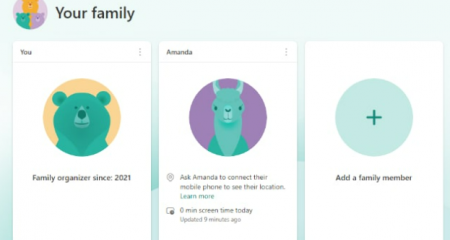
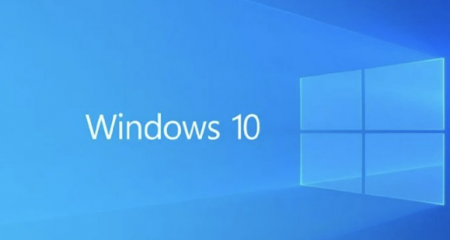




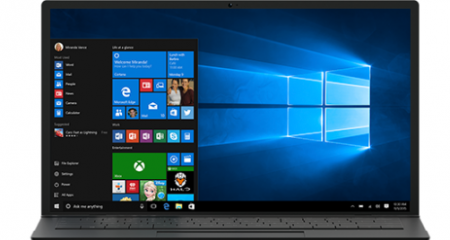
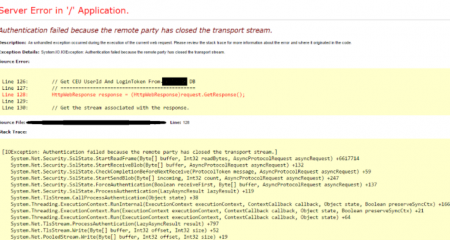
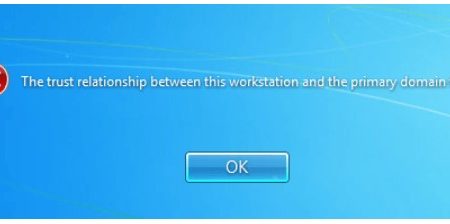







Leave a Reply